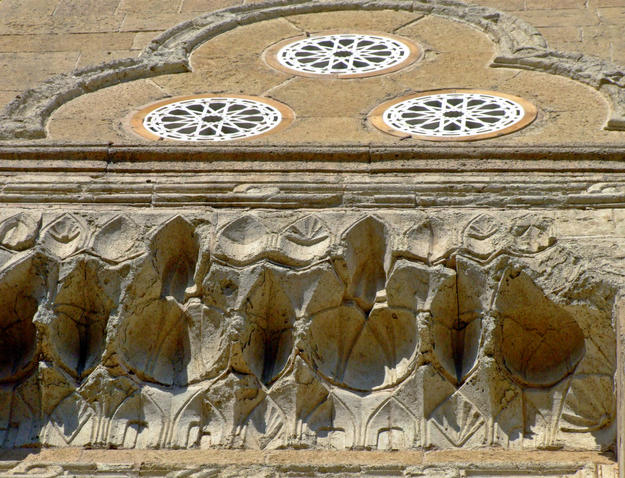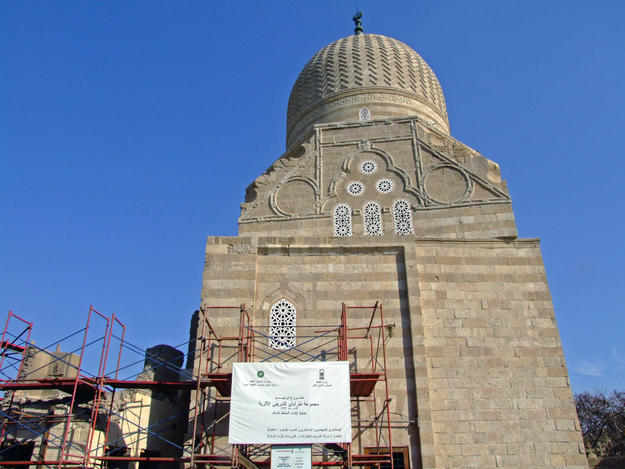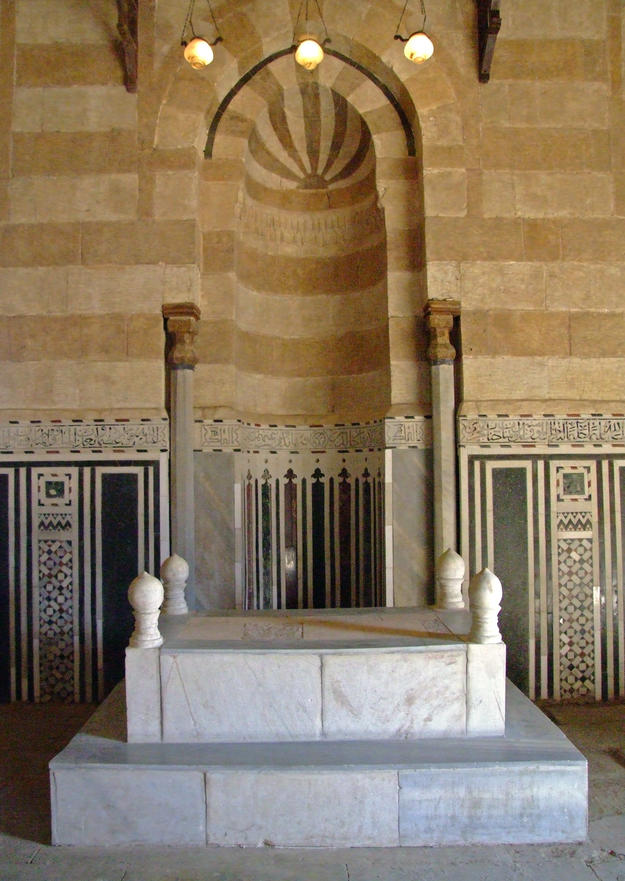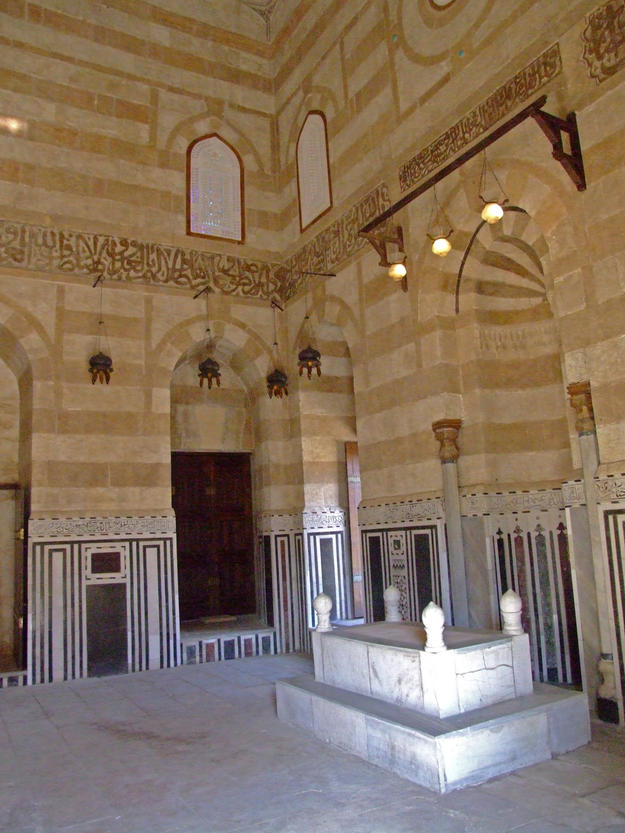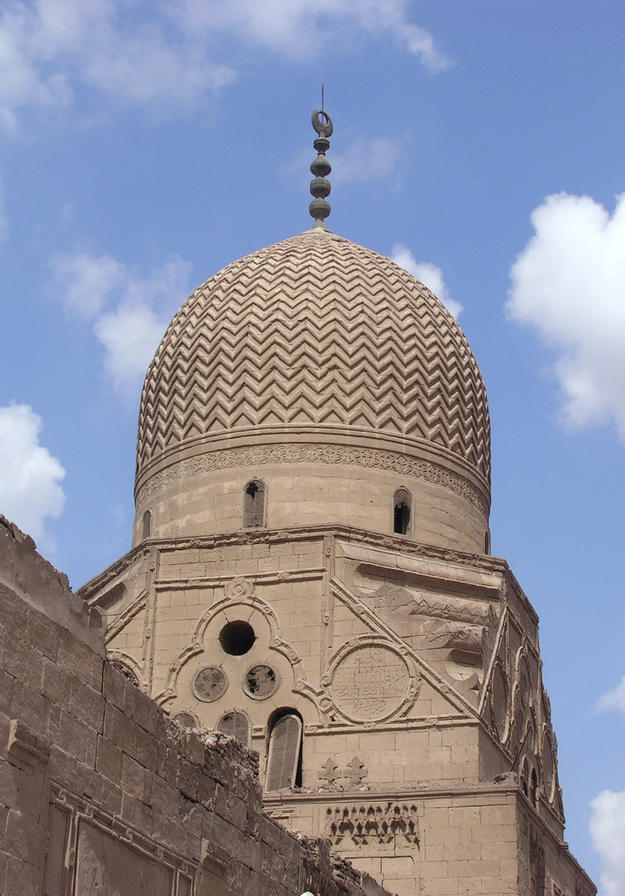Tarabay Al-Sharify
2006 World Monuments Watch
The vast Tarabay al-Sharify complex is a magnificent example of late-Mamluk architecture and detailing. Among the monuments in this complex are a mausoleum, a madrassa, and a sabil-kuttab, which was an important source for dispensing clean water to the community. Tarabay al-Sharify stands at the southern end of Cairo’s Al-Azhar Park, in the Darb el-Ahmar district. Because of the high quality of materials and construction, these structures have stood over six centuries—indeed, the old city gate of the Bab al-Wazir cemetery remains in use. The complex’s location isolated it from city life over the past decades, however, and contributed to a lack of maintenance. Debris and rubbish accumulated around the buildings to a depth of four to five meters, damaging stones and diminishing the condition of the structures. The 1992 earthquake caused serious cracking and created a need for temporary support.
An important cultural asset brought back to use
After Tarabay al-Sharify was placed on the 2006 Watch, World Monuments Fund partnered with the Aga Khan Trust for Culture in a program of conservation and rehabilitation of the urban fabric in the Darb el-Ahmar district, one of the poorest in historic Cairo. The project included the removal of the rubbish, structural consolidation, and conservation of both interior and exterior surfaces as well as larger open spaces, so the area could serve as southern entry to al-Azhar park. The community lacked resources to undertake this important conservation project, without assistance. The project goal, however, was not only the conservation of historic buildings, but social and economic improvement of the neighborhood. In working to bring an important cultural asset back to use and appreciation, the Tarabay al-Sharify project served to train local residents in traditional building crafts and conservation activities. Engagement of the local population was an especially strong component of the project, conducted between 2006 and 2009.

